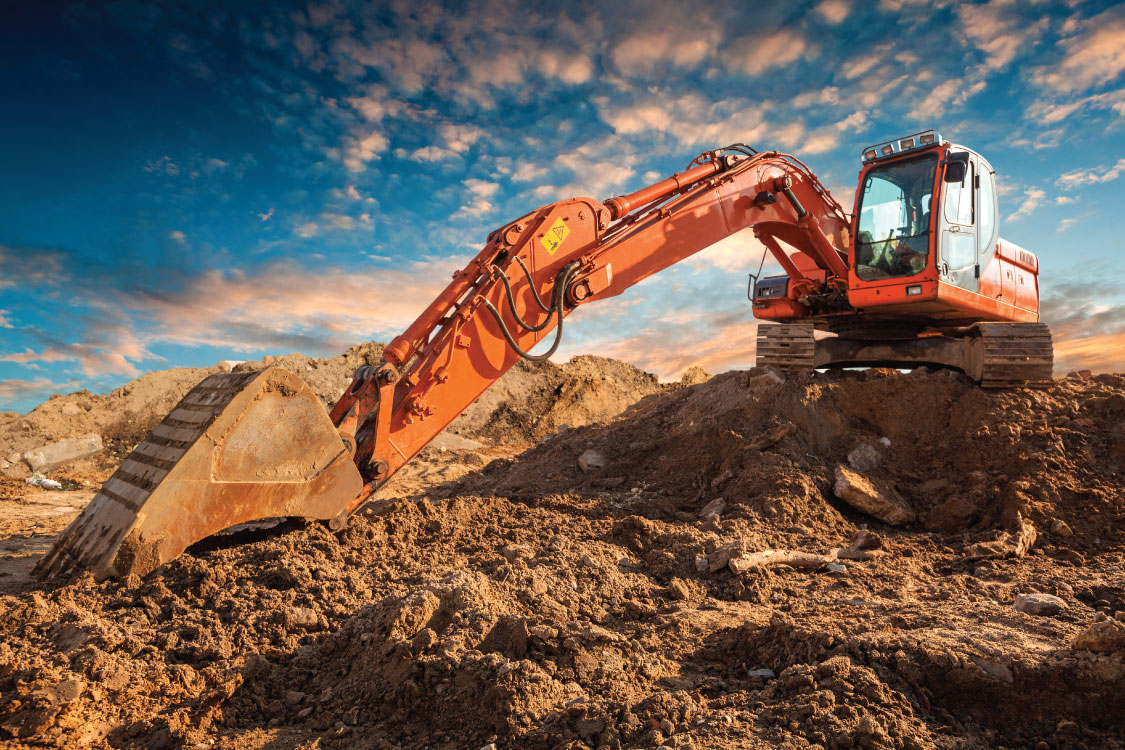What are Aggregates; Aggregates Explained
To better understand concrete, it’s important to break down the elements that make up this super strong construction material. Starting with what aggregates are, moving on to where they come from, what aggregates are used for and the different types of aggregates – we’re here to explain all there is to know about aggregates, both construction and decorative.

What are aggregates?
Aggregates are parts of natural-forming rocks and minerals which come in a variety of differing shapes and sizes. To distinguish between this naturally occurring material, they are separated into ‘grades’, for example, 1-3mm, 2-5mm, etc.
Once separated into grades, they will also be put into weight categories such as lightweight and heavyweight, and into coarse/fine consistency, but the latter is decided depending on the process it undergoes, such as washing, drying, grading, screening and bagging, before being sold for use.
Where do aggregates come from?
Aggregates come from a number of places, including quarries, rivers, lakes, seabeds and they’re also by-products from demolition sites and construction sites – where there’s surplus materials left over.
What are aggregates used for?
Aggregates can be used for countless purposes, from construction to landscaping and decoration, they’re an attractive, affordable and durable solution for domestic, commercial and industrial projects alike.
Here are some examples:
Driveways – gravel, shingle and slate chippings are popular choices when it comes to domestic driveways. With the right sub-base and aesthetics, these aggregates can be laid to make for an attractive and durable driveway. It’s always worth noting that if you will be parking your car on top of gravel, avoid slate, as this will be crushed under the weight of a vehicle.
Drainage – adequate drainage prevents soil from being waterlogged, which can save an entire lawn, plants, driveways and even entire structures. When beginning any new project, drainage will always be at the forefront of design and quite rightly so. Choosing the right aggregate for the job will help to keep damp, puddles, waterlogged landscapes and subsiding buildings at bay.
Decoration – whether you’re looking for a modern or earthy aesthetic, there’s something for everyone. For example, you can fill flower beds or garden pathways with modern white chippings or play bark for a natural finish.
Sub-bases – it’s very important for sub-bases to be load-bearing, so with this in mind, the right blend of aggregates must be used to ensure whatever structure will be erected on this sub-base will be strong and last the test of time. Commonly-selected aggregates such as MOT Type 1 and Type 1 Crushed are typically used for such a task.
Slabs – to ensure external slabs are suitable for their purpose, sharp sand is used.
Bricklaying – building sand is perfect for making the optimal mortar mix, which is required for paving, erecting walls, and laying bricks. Building sand is a softer and finer material, and completely different from sharp sand.
Concrete mix – to ensure you achieve a quality concrete mix, ballast is used to offer the strength concrete needs for reliable and professional results.
Screened topsoil – used for levelling and filling, screen topsoil has had all contaminants removed, leaving behind a pure, organic matter – which enhances drainage amongst landscapes and improves the quality of lawns and growth of plants.
Different types of aggregates include:
If you would like to enquire about the aggregates that we have available, contact our friendly team at Essex Aggregates today. We’re always happy to help, advise and sort your order over the phone, whatever the quantity.
